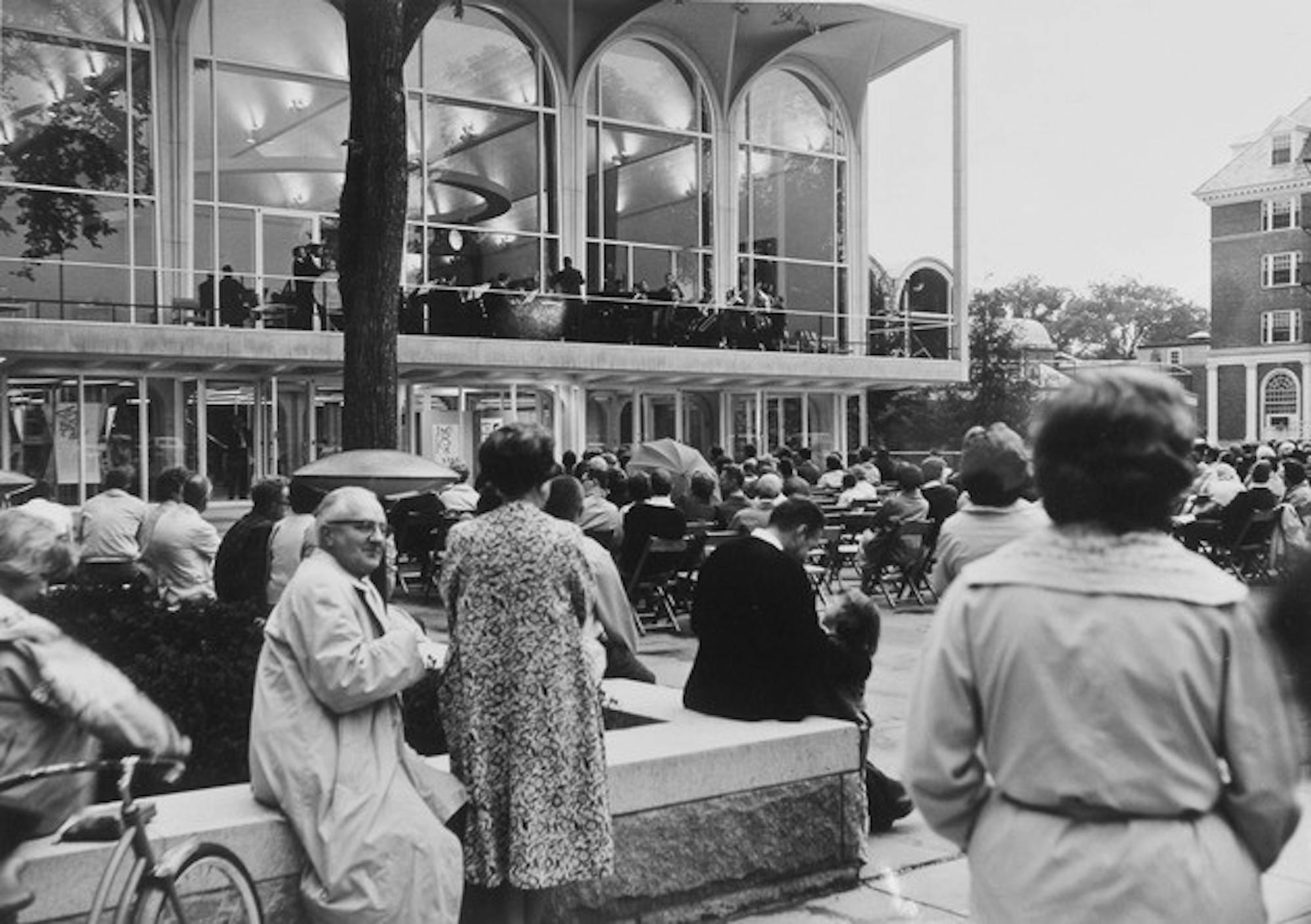Yet today, the inauguration of the Black Family Visual Arts Center encapsulates a century of transformation and evolution of the arts at the College. With a record number of studio art majors in recent years, it's clear that the arts have, over time, become increasingly viewed as traditional fields of academia.
"We are excited to take advantage of this technologically advanced facility and its strategic location on campus to connect the visual arts with the other humanities and the sciences," head of the studio art department Colleen Randall said.
Randall's sentiment is not entirely new. As early as the 20th century, many recognized that art, whether visual, musical or theatrical, could exist within and enrich the academic community. As a report to the faculty stated in 1919, the arts have a unique way of nurturing and cultivating the imaginations of those who study them.
"The imagination is most essential in life, though most neglected in education," the report read.
The 1919 report emphasized the importance of the arts in "disciplining the mind and affording preparation for life work," concluding that "the only way to learn creativity is to create."
The faculty was convinced, and so began Dartmouth's grand experiment with applied arts. When the art department was first organized in the early 1930s, emphasis was placed on history, critique and theory rather than its practice. With no studio art instructors on staff, visiting artists were invited to teach these courses in the new studios in Carpenter Hall, completed in 1929.
Architecture and photography courses were eventually added to the curriculum due to high demand, according to Randall.
"But drawing was and still is the foundation of the department, which almost all the studio art faculty teach at different times," she said.
It wasn't until the completion of the Hopkins Center for the Arts in 1962 that the arts found a sanctuary at the College.
According to a 1962 article in The New York Times, Wallace Harrison's design for the center stressed "openness and flexibility." By combining social amenities such as the Hinman Mail Center and a snack bar with the charming studios, galleries and theaters, the architect hoped students with more traditional scholarly pursuits would venture into the new facility. Corridors lined with open windows that looked into the various work spaces were intended to foster appreciation for the arts from a variety of passersby.
"It is wise to encourage all students to learn that a drama, a symphony and a painting grow out of perspiration as well as inspiration," journalist Howard Taubman wrote in the Times article. "A work of art is the product of planning, vision, knowledge and concentrated labor. "
Fast forward 50 years, and you'll find that the architectural elements of the VAC, such as state-of-the-art lighting, audio-visual systems and spacious studios, are also meant to foster the perfect teaching and learning environment for the studio art, digital humanities and film and media studies departments. Studio art professor and Dartmouth graduate Jennifer Caine '00 said she thinks that the overall feel of the building is conducive to innovation.
"It creates a setting that will inspire the creation of art for many years," Caine said.
Members of the faculty have high hopes for the VAC, noting that the completion of the building heralds a new era for the arts at Dartmouth as the arts community gains visibility within other Dartmouth circles and the larger Hanover area.
Other professors have expressed that perhaps the most rewarding aspect of the facility is its ability to attract new students to the ever-evolving discipline of art.
"Truly intelligent students want to know more about the arts," music theory and history professor Steven Swayne said.
As an advisor, he recommends that all his students take at least one music theory or one art history course before they graduate.
"These classes will pay dividends over the course of a lifetime, because the arts, at their core, are about who we are as human beings," he said. "They express our hopes and fears and disappointments and aspirations in timeless ways. Art speaks to all of us, if we would take the time to let it."




